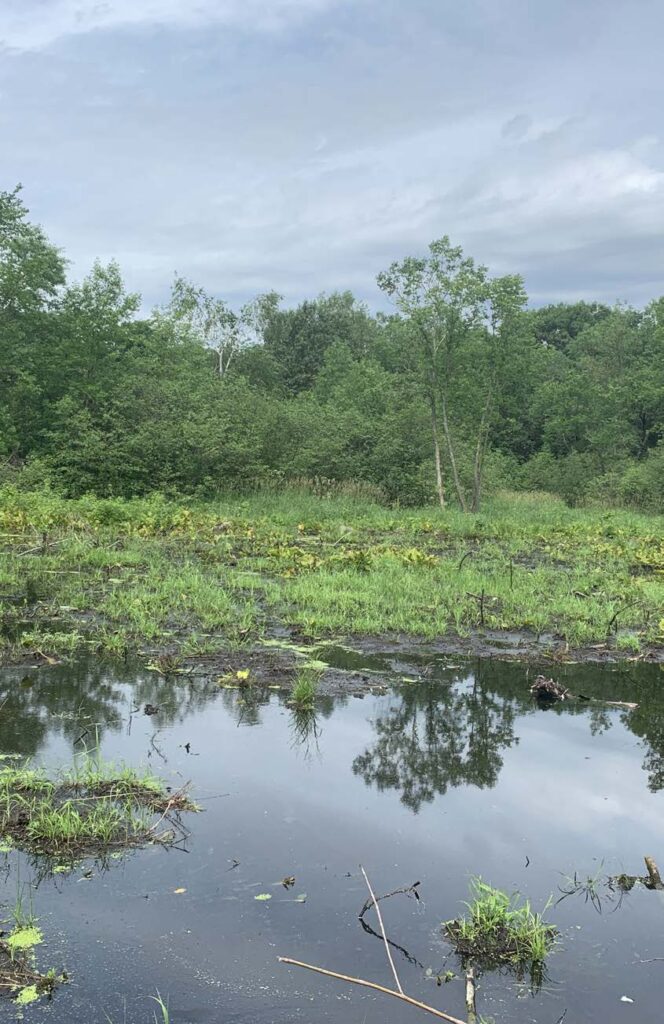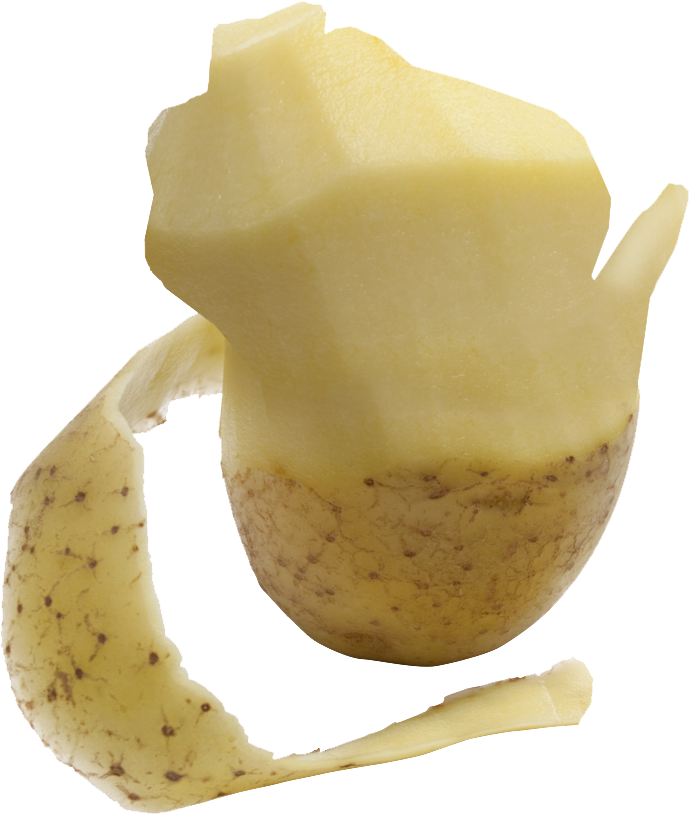
Background:
The Wisconsin Potato and Vegetable Grower Association (WPVGA) Groundwater Task Force was formed in 2009 in response to growing concerns over the potential impact of irrigated agriculture, climate, urbanization, and other factors on the groundwater aquifer and surface waters of the Central Sands. The focus of the Task Force is to bring together resources and expertise to foster the sustainable use of water resources. The Task Force is chaired by Nick Somers (Plover River Farms) and Jeremie Pavelski (Heartland Farms).
Task Force Goals:
- Be an advocate for responsible water use practices and informed, science-based public policy that will protect the Central Sands groundwater aquifer and its associated streams, lakes and wetlands.
- Promote and maintain a sustainable agricultural industry.
- Foster vibrant rural communities.
Objectives
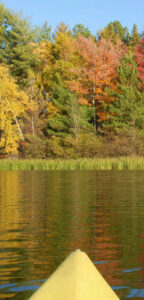
Established a program to monitor groundwater elevations in privately owned irrigation wells both across the Central Sands and over time.
- Sampling now in 2nd season with 473 samples in database.
- Reports for trends in water elevation over time and land use overlays in development.
Purchased and installed equipment to continuously monitor groundwater fluctuations in nested groups of wells placed in areas designated as high risk for surface water impacts (Little Plover, Long Lake, Pleasant Lake).
- 20 wells installed in transects of priority areas. Data posted at wisa.cals.wisc.edu/central_sands_water WPVGA provided $15,000 for purchase and $15,000 for installation of wells.
Commissioned a study of the hydrogeology of Long Lake by the UW-Extension Wisconsin Geological and Natural History Survey (WGNHS) to improve understanding of the formation of tunnel channel lakes and the impact of clay layers deposited in their formation on groundwater-surface water interaction.
- WPVGA funded $15,000 study with WGNHS. Masters degree study to be completed December 2013 (PI’s: Bradbury and Bussan). PhD follow-up project now funded through NRCS (PI’s: Potter and Bussan).
Volunteered staff time to work with the DNR to monitor stream flow and lake levels (2013-14).
Engaged independent hydrogeologist Charlie Andrews to assess strengths and weaknesses of ongoing Task Force activities and examine groundwater issues and solutions in other parts of the US that may be applicable to the Central Sands.
- Andrews assisting in evaluation of potential approaches to increasing efficiency of water use.
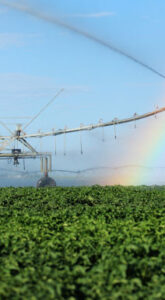
Conducted a water management survey to establish a baseline of grower practices in irrigation and identify areas for potential improvement.
- Survey completed by 30 growers in 2012.
Commissioned, tested, and implemented new irrigation scheduling software.
- WPVGA funded $15,000 project (UW Biosystems Engineering, 2012) to develop new irrigation scheduling software.
- WPVGA funding integration of scheduling into grower-friendly farm management software (projected $10,000, 2013).
Evaluated site-specific, precision irrigation based on variability of soil moisture holding capacities across fields.
- Evaluated commercial sweet corn field in Adams, County, 2013.
Conducted on-farm research on potential for deferred irrigation.
- Demonstrated potential for water savings of one inch in field corn and three inches in soybean, both without negative yield impact.
Conducted research on drip irrigation for high water use crops.
- On-farm and experiment station research in 2011/2012 showed 15% reduction in water use on potatoes.
Investigated the potential for re-designing the century old drainage system in the Central Sands to reduce water loss and increase recharge.
- Assessment of drainage impacts currently in progress (WPVGA, $5,000, 2013).
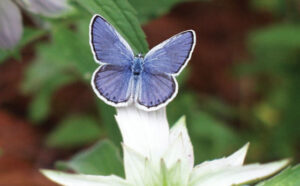
Investigated year-round water consumption of irrigated crops, natural vegetation, and bare soil.
- Evaluation in progress on Portage County farm (Nelson Institute, 2013).
Established a digital data-base that tracks land use across the Central Sands from 2003–present to identify changes in landscapes and potential relationships to water fluctuations.
- Cropland data layers now available by watershed from 2003. Proposed map overlays of water elevation database (Objective 1, 2014).
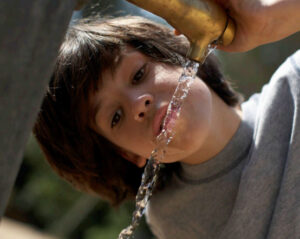
In 2013, the Task Force continued to communicate activities and accomplishments to farmers and citizens of Wisconsin and seek input on potential solutions.
- Assisted in development of a white paper outlining broad approaches to water management (PI’s: Bussan, Colquhoun, Bradbury and Potter, 2013 (in review)).
- Created a website to communicate water-related activities (wisa.cals.wisc.edu/central_sands_water).
- Conducted a tour for state NRCS staff. The tour focused on water issues and farming practices (July 2013).
- Commissioned 30 blogs targeted at general audiences to educate on farming practices and water issues in Central Wiscsonsin (WPVGA, $6000, 2013).
Funding Sources: The activities described in this report were funded through a combination of research grants and direct grower funding. We acknowledge the contributions of the following grants and organizations: WPVGA, MWFPA, CALS Hatch, Wisconsin Institute for Sustainable Agriculture, Midwest SARE Program, UWEX, Wisconsin Geological and Natural History Survey, NRCS CIG program, SCRI Block Grant program, Wisconsin Groundwater Coordinating Council and Wisconsin DNR.

